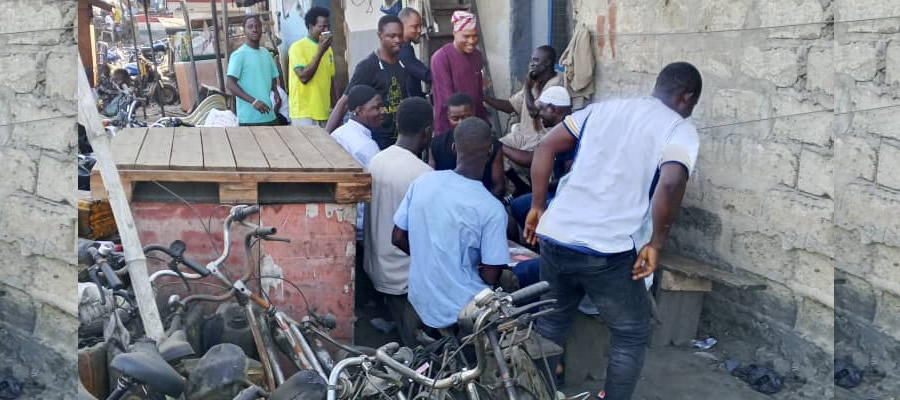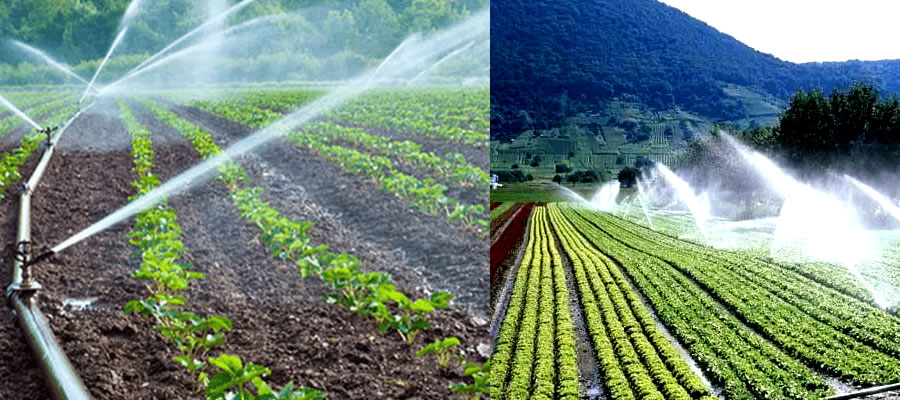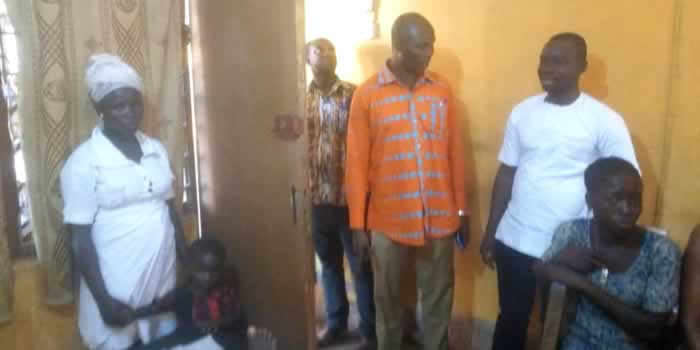

Population size and growth rate: The current population of the district is 62,485 (Special Report-2000 Population and Housing Census) with an annual rate of growth of 2.7%.
Spatial distribution and density of population
The population of the district is dense along the major corridors where most of the fairly large communities are located. About 50% of the district’s population is found along these corridors. The percentage of the district’s population in communities with 4,000 and above is 19.86% (2 communities), 2,000 to 3,999, 25.22% (2 communities) respectively.
Ten out of the first 20 communities with a total population of 21,601 are found along the trunk roads. Wulensi, a nodal settlement and the district capital has 14% of the district population. This is an indication of concentration of population along the main arteries of the district. The small size of the population, which is also not concentrated at one location couple with relatively low growth rates, prevents the judicious utilization of economic and development infrastructure.
Household Sizes/Characteristics
The average Household size of the district is 7.7 (Special Report 2000 PHC) due to larger family ties resulting in lower quality of life in most part of the district.
Religious Composition
The Religious composition of the district largely gives an indication of ethnicity especially with the dominant groups. Whilst Nanumbas are predominantly Moslems, Konkombas are largely Christians.
Age and Sex Composition
The ratio of male to female 49.4 to 50.6 and the population is basically youthful with about 52.1% between 0-18 years. As a result there is a slight change in the rate of growth i.e. from 2.8% to 2.7% per annum.
Occupation Distribution
Around 85% of the district population engages to agriculture, while 1% to fishery, 3% manufacture, and 11% to other small and informal enterprises. 76.4% of the working population is employed (including self-employment) while 3.6% is unemployed, 20.1% is inactive and 1.5% is in other conditions.
Migration and development implication
Nanumba South district is endowed with fertile soils serving as a magnet drawing people into the district, especially the Konkombas. People come into the district to make yam farms during the rainy season. Often, when one goes round the district, settlements spring up indiscriminately without recourse to any authority. Internal migration too is very typical of the district in that the shifting cultivation system of farming practiced.
This trend of movement of people puts a lot of pressure on facilities provided in communities, which receive people, whilst some facilities are abandoned when people move away from that community. On the other hand, due to monophonic economy in the district (agriculture) there are few employment opportunities in other sectors, especially for unskilled youth. Lots of youth migrate from the district (e.g. for kayayee business in the south of the country).
Date Created : 11/18/2017 7:21:50 AM










 facebook
facebook
 twitter
twitter
 Youtube
Youtube
 +233 593 831 280
+233 593 831 280 0800 430 430
0800 430 430 GPS: GE-231-4383
GPS: GE-231-4383 info@ghanadistricts.com
info@ghanadistricts.com Box GP1044, Accra, Ghana
Box GP1044, Accra, Ghana